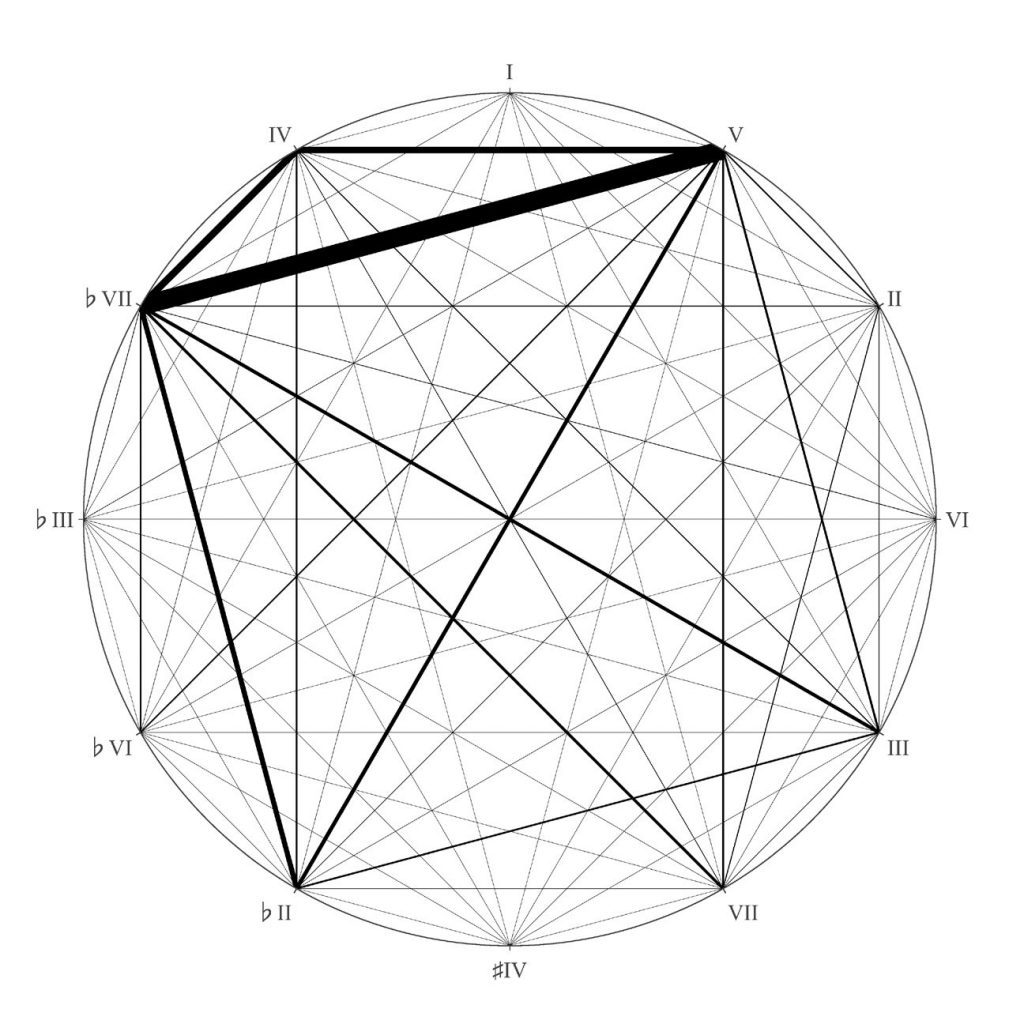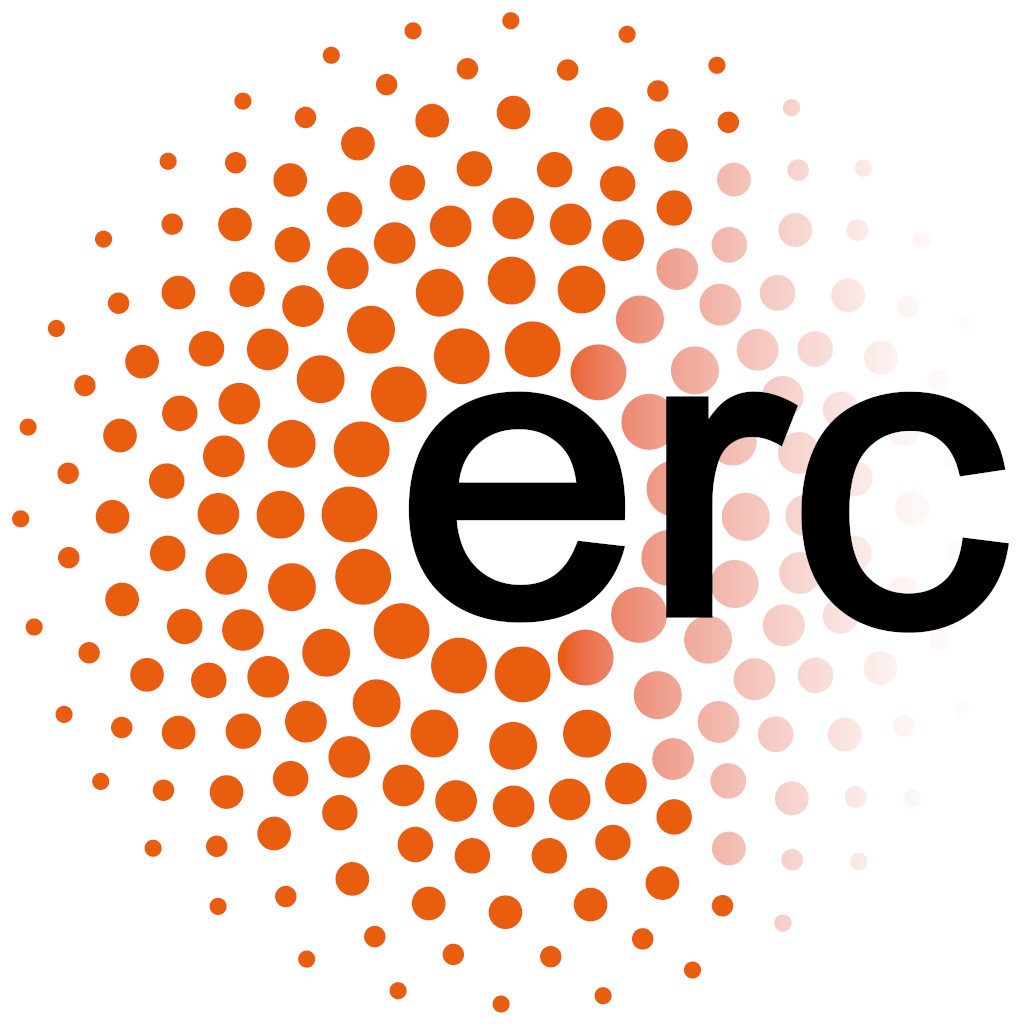As part of EPFL’s 2019 Open Days the DCML made available to the public an experiment to investigate the perceptual reality of long-term dependencies, which are predicted by the syntactic model of tonal harmony, and functional equivalences, which are predicted by music-theoretical accounts of tonal harmony (Riemannian functions, Octatonic equivalence classes) and complement the syntactic model by specifying dependency relationships between chords. A major obstacle in empirical research looking at high-level structural properties of specific musical idioms is that the underlying structure-building principles are not uniformly available throughout the population, due to differences in familiarity and explicit training. We developed a novel analytical methodology to provide a fine-grained continuous quantification of the perceptual phenomenology related to harmonic substitutions preparing global harmonic closure in the Jazz idiom. Our analysis shows that this perceptual phenomenology reflects the predicted music-theoretical one, while also highlighting individual differences and potentially diverse perceptual and cognitive mechanisms resulting in the observed equivalence relationships.

Funding
The research presented here is generously supported by Claude Latour. This project has received funding from the European Research Council (ERC) under the European Union’s Horizon 2020 research and innovation programme under grant agreement No 760081 – PMSB.
